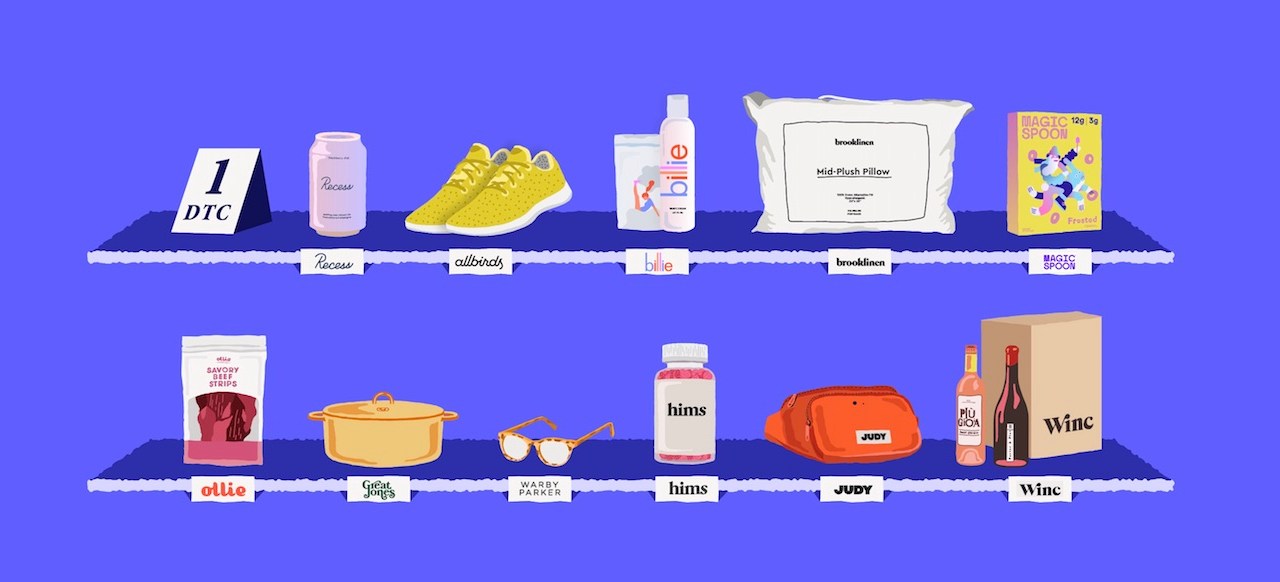Why 2021 is a make or break year for DTC SPACs

This is the latest installment of the DTC Briefing, a weekly Modern Retail+ column about the biggest challenges and trends facing the volatile direct-to-consumer startup world. More from the series →
This is the latest installment of the DTC Briefing, a weekly Modern Retail column about the biggest challenges and trends facing the volatile direct-to-consumer startup world. Join Modern Retail+ to get access to the DTC briefing–as well as all articles, research and more.
The SPAC boom shows no signs of slowing down in 2021.
Within the past month, a number of new SPACs focused on the consumer sector have emerged. They include Powered Brands, which is focused on beauty and whose chairperson is Greycroft founding partner Dana Settle, as well as a new consumer and media-focused SPAC from Science Inc., an incubator that’s invested in Dollar Shave Club as well as other consumer startups.
As more established investors get into the SPAC game, it’s a clear sign that this newly hot vehicle for going public won’t be slowing down anytime soon. But 2021 will determine just how much staying power SPACs have.
A quick primer on SPACs: These investment vehicles, called special purpose acquisition companies, are led by a group of individuals seeking to raise money from investors so they can take a startup public via a merger or acquisition. Because investors have to commit before knowing which company the SPAC will ultimately take public, they’re betting on the individuals to find them a good investment.
Some investors are looking at SPACs as a way for them to get more involved with later-stage companies, and if their SPAC does well, it could give them a competitive advantage over other consumer investors. But, it all depends on what company they zero in on, and how well that company does in the public markets. As more SPACs launch, there will be more competition to win over the best candidates poised to go public — and there may prove to be more SPACs than solid companies waiting in the wings to go public.
Science Inc. founder Mike Jones said that his team decided to form a SPAC after looking at “ways to participate in later-stages of a private company’s journey,” including raising a later-stage venture capital fund, but believed the market for later-stage venture funds to be too saturated.
“It basically kind of completes a barbell investment strategy that Science is pursuing — that’s early-stage exposure for our venture side, hyper-late stage exposure on the SPAC side,” said Jones. He said Science’s SPAC (called Science Strategic Acquisition Corp. Alpha) is looking for a “a strong market-disrupting consumer business that can grow once they are in the public market,” in the consumer, media or entertainment sectors.
SPACs have been around for decades, but have increasingly become popular as more private companies seek to bypass the traditional public offering, with the hope that they’ll have a better debut on the public markets via a SPAC or another alternative like a direct listing.
One of the first direct-to-consumer startups to go public via a SPAC was telehealth company Hims, which debuted on Nasdaq in January with a deal that valued the startup at $1.6 billion. Pet care startup Bark has also announced in December that it intends to go public via SPAC, but has yet to finalize the transaction. Hims’ time on the public market thus far has been steady, though not spectacular — it debuted last Thursday at $17.08 per share and was priced at $16.56 by the time the markets closed yesterday.
Particularly for consumer startups — which have had somewhat lackluster debuts on the public market as of recent given Casper’s IPO where it debuted well below its last private valuation — SPACs could be a more favorable way to enter the public markets. But a lot more consumer startups need to go public via a SPAC for that thesis to be proven.
And not every investor is all in on SPACs. Torch Capital founder Jon Keidan, whose venture firm has invested in Sweetgreen, Nadaam and Recess, worries that more SPACs have launched in the past year than there are high-quality private companies waiting to go public.
He said that ideal candidates for SPACs are essentially the ones who were already waiting in the wings to go public, have at least tens or hundreds of millions in revenue, and operate in the fastest-growing markets, particularly ones that have benefitted during the pandemic. He cited healthcare as one example.
Keidan said that he recommended one of his portfolio companies research going public via a SPAC, because “my guess is they would probably go public in the next year or two.” What’s more, with a SPAC, a startup gets the added benefit of going public with the help of the experienced team behind the SPAC. For now, he’s ruled out getting involved with a SPAC himself because “there’s an enormous proliferation of SPACs, very quickly, and so it’s very unclear how this is all going to pan out.”
“If a bunch of the SPACs go badly, it’s going to pull down a lot of the frothiness — which may end up being a good thing, and it cleans out the market,” he added.

